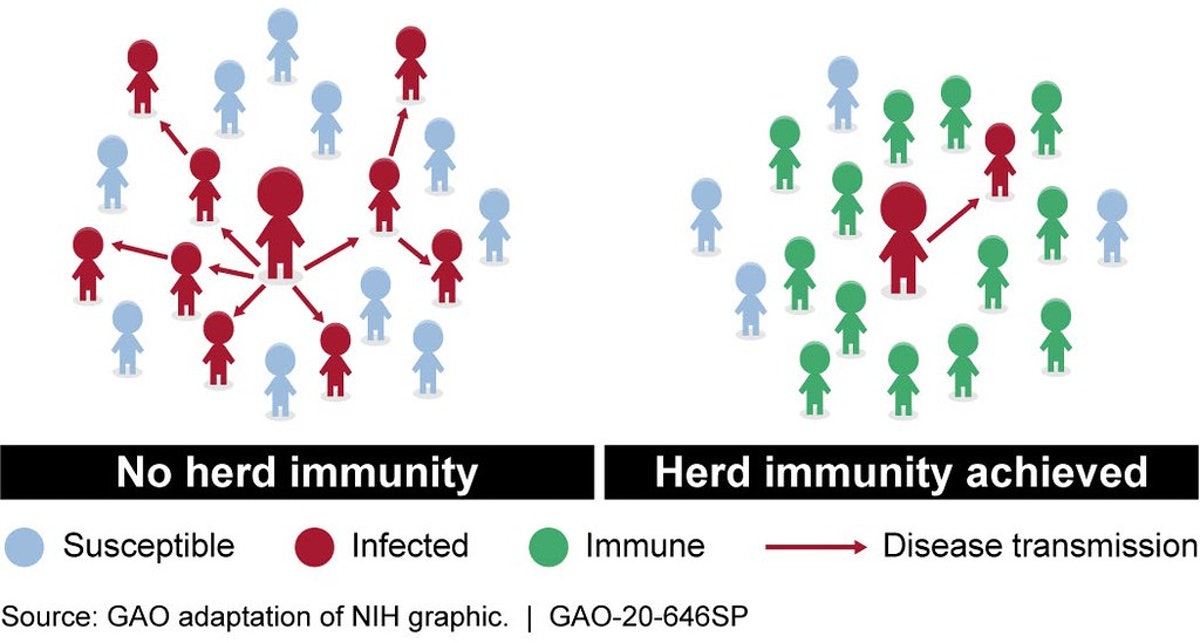
If you are a health professional working with animals or livestock then you have probably come across herd immunity before
Sheep, cattle and other livestock are vulnerable to disease due to the fact that they are not as protected as dogs and cats are. A good example of this is the onset of Lyme disease in humans. Humans are very resilient animals but the immune system of these species can actually weaken over time. If a high percentage of your herd becomes infected with a certain disease then herd immunity occurs which makes the spread of that disease extremely difficult.
In the case of disease like Lyme disease or infectious mononucleosis (IM) most of the symptoms will be similar to those seen in humans. However, it can be fatal in as little as five percent of cases. It is important that the disease is detected early and treated to prevent further outbreaks. This is where herd immunity is most important.
To understand how herd immunity works, it is first important to understand how human immunity is created. If more than a percentage of your population is susceptible to the disease than the spread can be slowed down and even halted. This is achieved by forming a protective herd.
The disease is often spread by bites or through contact with the blood of an infected animal. If the disease is allowed to spread then herd immunity is lost and the disease can rapidly kill any members of the herd. If the disease is allowed to spread then this will have knock on effects that may result in an outbreak.

The problem with sheep in the past has been the breeding of sheep with multiple dogs
This is very common in Australia, where many sheep farms breed a single animal, known as a mule, with several dogs to form a protective herd. Unfortunately, these mules have the potential to get sick with any number of diseases including Lyme disease. There is also a risk of the animals attacking one another and causing conflict if the sicknesses of any of them spread to the others.
A vaccine is available to prevent this situation, however it only works in the case of a single disease. Because of this herd immunity is often the first line of defence against diseases. When a human or a dog gets sick, they will have to be removed from the herd so they will not spread the disease to their companions. As long as the disease is confined to the herd and the infection has been contained the disease is not able to take hold.
However, even with a vaccination in place there are other complications that can arise. When a dog is infected with a virus or bacterial infection in the herd then it is likely that the virus will become resistant to the vaccines. This can then affect the human who has had contact with the infected animal. For example, if the dog has been vaccinated then the vaccine will stop the virus passing on from one human to the other. If the dog in question has had contact with other animals, such as other dogs, in the course of its life then the virus can mutate and cause a deadly problem.
There are many examples of this occurring in real life in Australia, especially in the south west and in countries such as Thailand and China where outbreaks of plague and other viruses have occurred. In these countries the herd immunity is essential as the numbers of the vaccinated people are low compared to the number of people who have the infection. This means that outbreaks are more likely to occur and that those who are infected are not able to transmit the disease to other members of the herd.